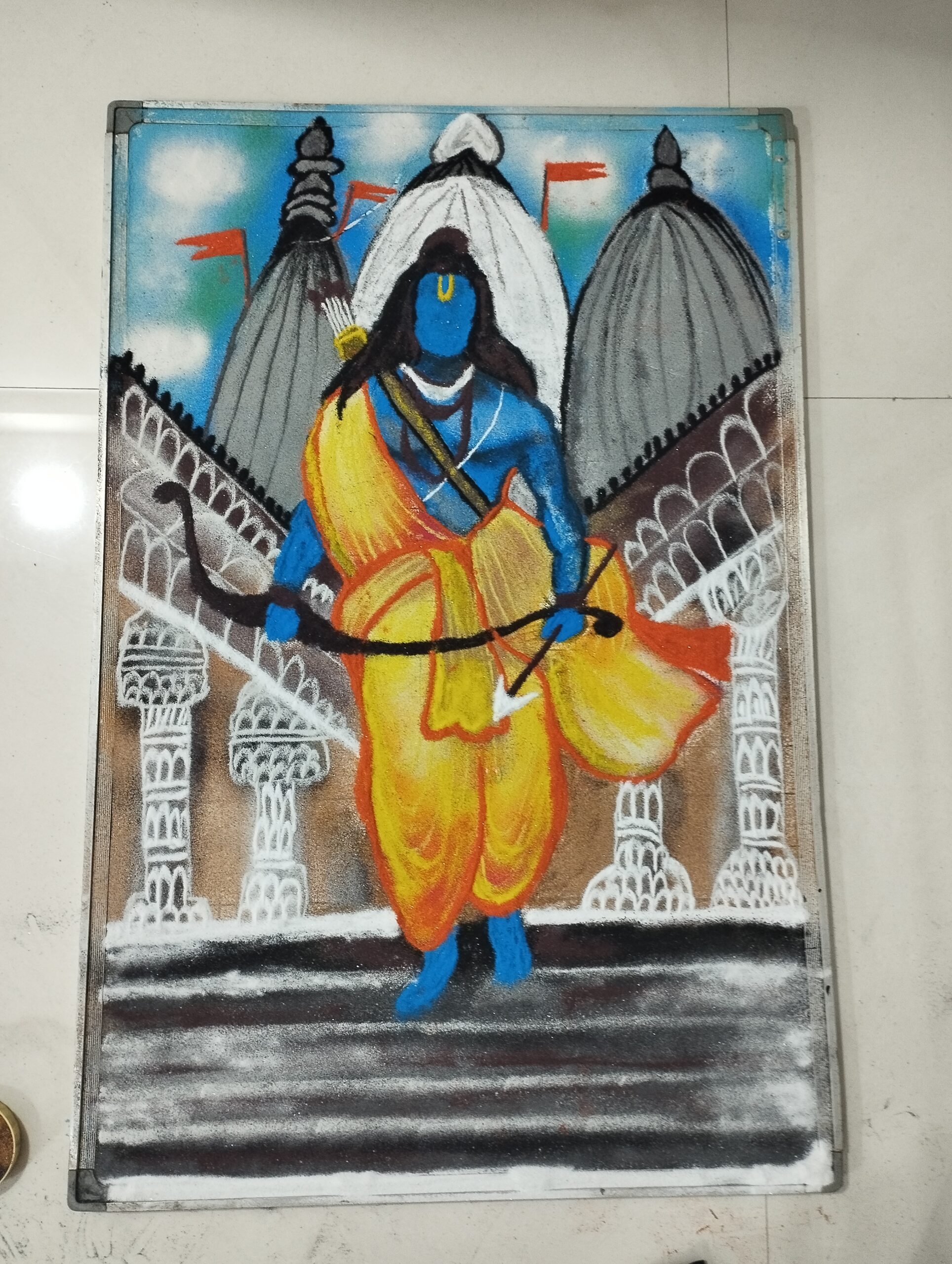Sai baba rangoli easy
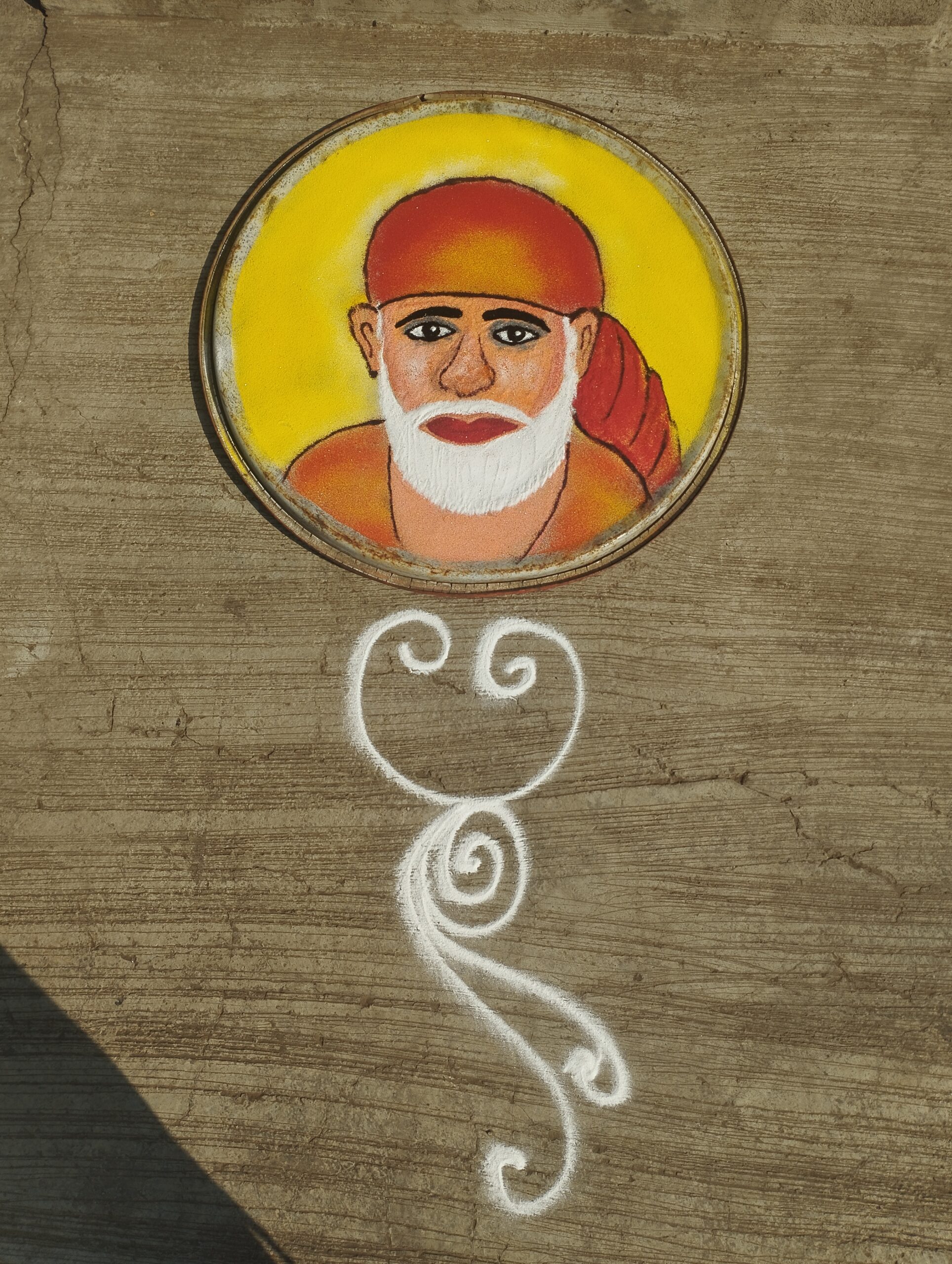
Sai Baba and the Sacred Art of Sai Rangoli: A Divine Expression

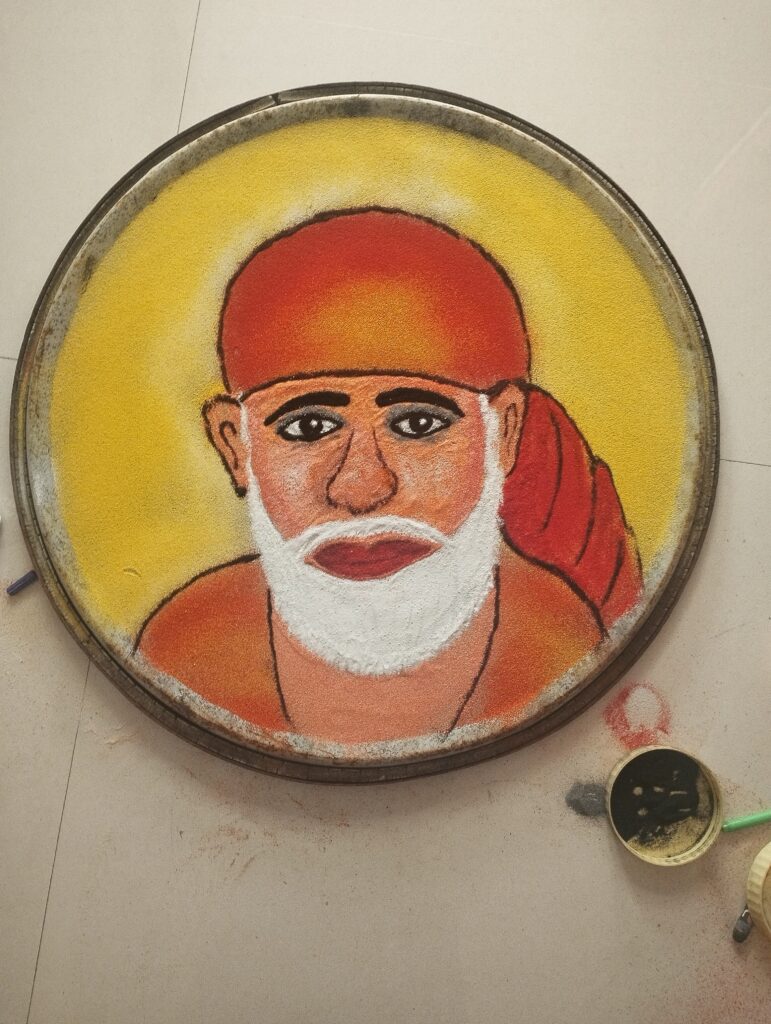
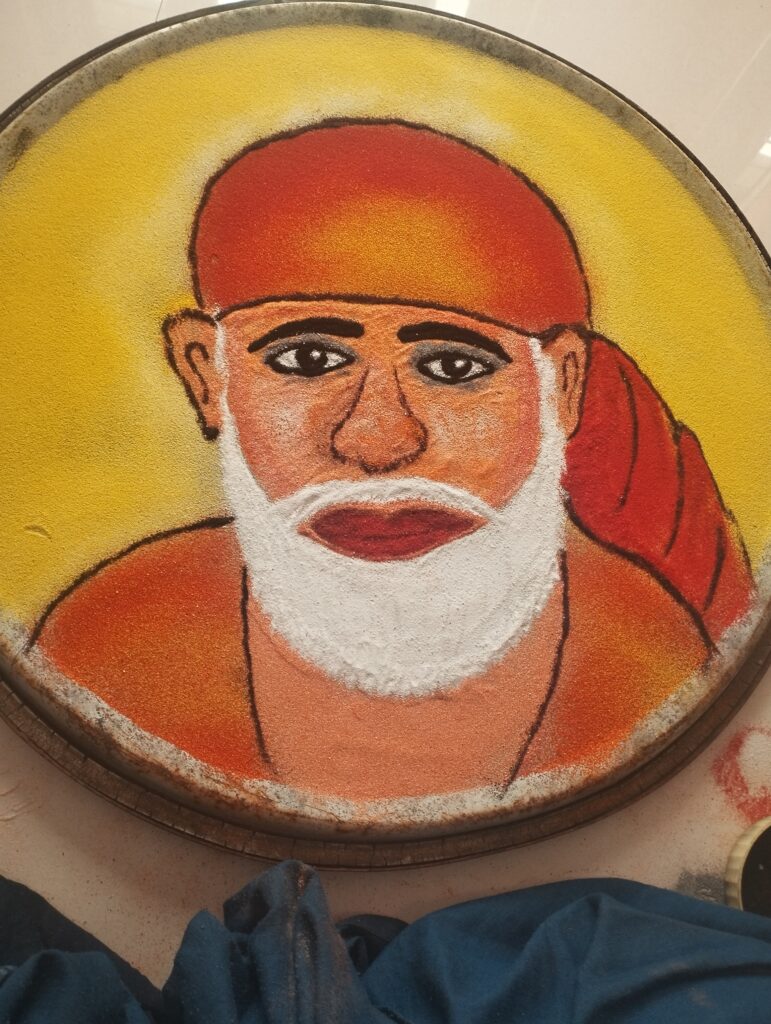
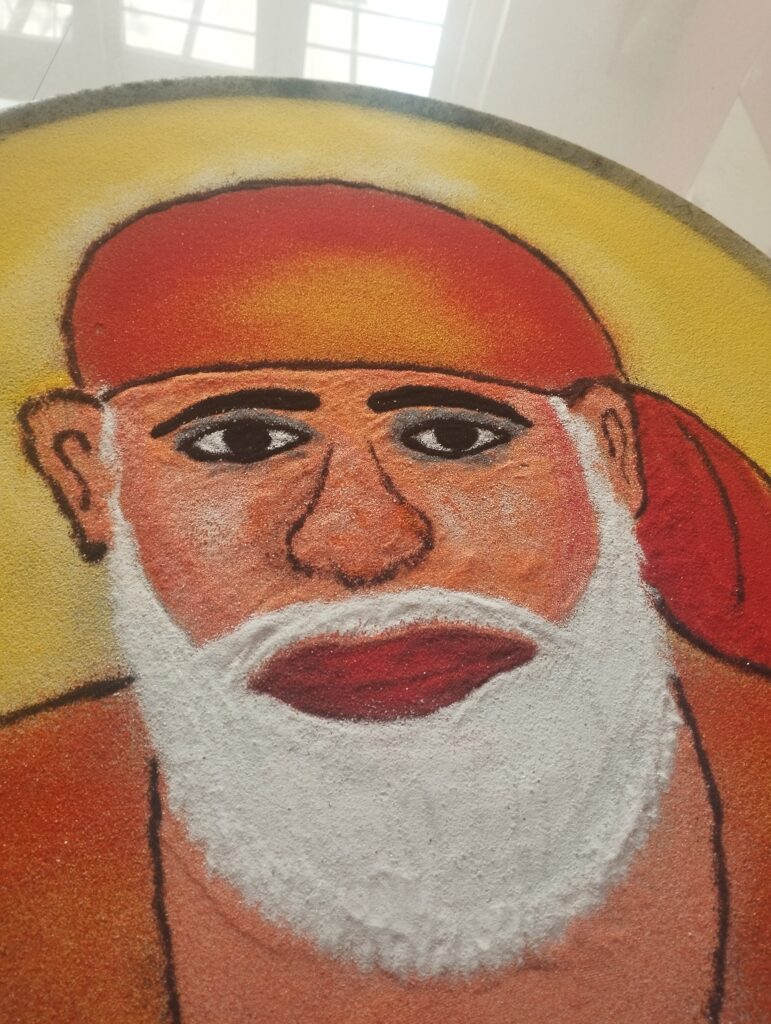

Sai Baba, the revered saint of Shirdi, continues to captivate the hearts of millions with his teachings of love, compassion, and spiritual wisdom. One unique way devotees express their devotion and seek blessings is through the art of Sai Baba rangoli, a sacred and intricate form of design that not only beautifies surroundings but also symbolizes a connection with the divine.
Sai Baba’s Spiritual Essence:
Sai Baba’s teachings emphasize the oneness of all religions and the importance of love, kindness, and selfless service. His devotees believe in his omnipresence and turn to various forms of artistic expressions to celebrate his divine presence. Rangoli, with its vibrant colors and intricate patterns, becomes a medium through which devotees express their deep-seated spiritual connection with Sai Baba.
Sai Baba Rangoli: A Divine Canvas:
Creating a Sai Baba rangoli is not just an artistic endeavor; it’s a spiritual journey. Devotees often start by sketching an image of Sai Baba in the center of the rangoli. The image is surrounded by vibrant colors and intricate patterns, representing the diverse aspects of life and the unity that Sai Baba preached. The choice of colors is symbolic, with each hue carrying a specific meaning related to spirituality and devotion.
The Process of Sai Baba Rangoli:
Devotees usually begin the process of creating a Sai Baba rangoli by cleaning the designated area, symbolizing the purification of the surroundings for the divine presence. They then sketch the outline of Sai Baba, paying attention to the smallest details to capture the essence of the saint’s image.
Once the outline is complete, vibrant colors are carefully filled in, symbolizing the varied facets of life and the spectrum of human emotions. The intricate patterns surrounding the central image often include flowers, birds, and other symbols representing nature and its harmony.
Devotional Experience:
As devotees engage in creating the Sai Baba rangoli, they enter a meditative state, focusing their thoughts and energies on the divine presence. The process becomes a form of worship, with each stroke of color representing a prayer, and the entire artwork serving as an offering to Sai Baba.
Conclusion:
Sai Baba rangoli is not merely a decorative art form; it is a profound expression of devotion and spirituality. Through the vibrant colors and intricate patterns, devotees connect with the teachings of Sai Baba and seek blessings for themselves and their loved ones. The sacred art of Sai Baba rangoli continues to be a cherished tradition, bridging the gap between the material and spiritual worlds, and serving as a testament to the enduring impact of Sai Baba’s teachings on the lives of millions.

